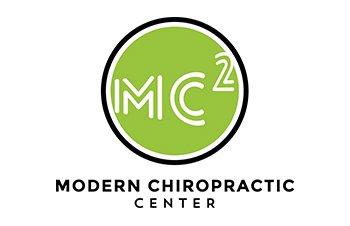2 Signs that Your “Carpal Tunnel” is Not What You Think it is
Carpal tunnel syndrome is a common diagnosis given to many individuals who experience pain, numbness, tingling or weakness in their hands and fingers. Sometimes; however, this diagnosis is inaccurate or incomplete. Proper diagnosis is essential in order to understand the cause of these symptoms and to provide an effective path for treatment. Here, we will discuss what carpal tunnel syndrome truly is and two signs that indicate that your symptoms may be coming from somewhere else.
What is carpal tunnel syndrome?
To understand what carpal tunnel syndrome is one must first understand the carpal tunnel. The carpal tunnel is a narrow passageway in the wrist that allows the median nerve and a group of tendons to pass through the forearm to the hand. The median nerve supplies sensation and strength to the thumb, index finger, middle finger and half of the ring finger. The tendons that pass through the carpal tunnel control finger movements that help us with our grip and skills like typing. Carpal tunnel syndrome occurs when these tendons become inflamed and begin to compress the median nerve; leading to any or all of the symptoms mentioned above.
When might your symptoms not be carpal tunnel syndrome?
Carpal tunnel syndrome is not the only cause of these symptoms. If either of the following signs are present, it may be time to seek a second opinion regarding your condition:
- Median nerve compression located elsewhere: The carpal tunnel is not the only location where median nerve compression is possible. The median nerve starts in the cervical spine (neck), travels down the shoulder, along the elbow, and finally through the carpal tunnel of the wrist to enter the hand and fingers. Because of this, the median nerve can be compressed in any one of these areas. One of the most common areas of median nerve compression is in the cervical spine. Neck pain, neck stiffness, poor neck posture, and the presence of arthritis in the cervical spine are all signs that your symptoms may be a cervical spine condition as opposed to carpal tunnel syndrome. Sometimes; however, the two conditions are seen together. Nerve compression in the cervical spine can make the nerves in the arms and hands more vulnerable to compression. When this occurs it is called “double crush syndrome.” A neurological evaluation, nerve conduction testing and cervical spine x-rays can help identify exactly where your symptoms are coming from.

median nerve compression, boise chiropractor, chiropractic care - Radial or ulnar nerve compression: The median nerve is one of three nerves that flow into the hands and fingers. These three nerves are the median nerve, radial nerve and ulnar nerve. Each one of these nerves corresponds with different areas within the hand and fingers. The image below shows the regions of the hand that each nerve supplies. Carpal tunnel syndrome refers only to median nerve compression. If your symptoms are not within the area that the median nerve controls, this is a sign that your symptoms are not caused by carpal tunnel syndrome.

ulnar nerve compression, radial nerve compression, boise chiropractor
How we diagnose and treat nerve compression:
It is important to receive proper diagnosis and treatment for your nerve compression in order to prevent long-term nerve damage. At Modern Chiropractic Center we are committed to finding the root cause of your symptoms. Our doctors have the clinical expertise to pinpoint the location of your nerve compression through orthopedic and neurological testing, the knowledge to recommend the necessary x-ray views, and the experience to know when our care is appropriate or when you need referred to a medical doctor. Contact our office to schedule a consultation and take the first step to accurate identification of your symptoms and the correct path to recovery.









No comment